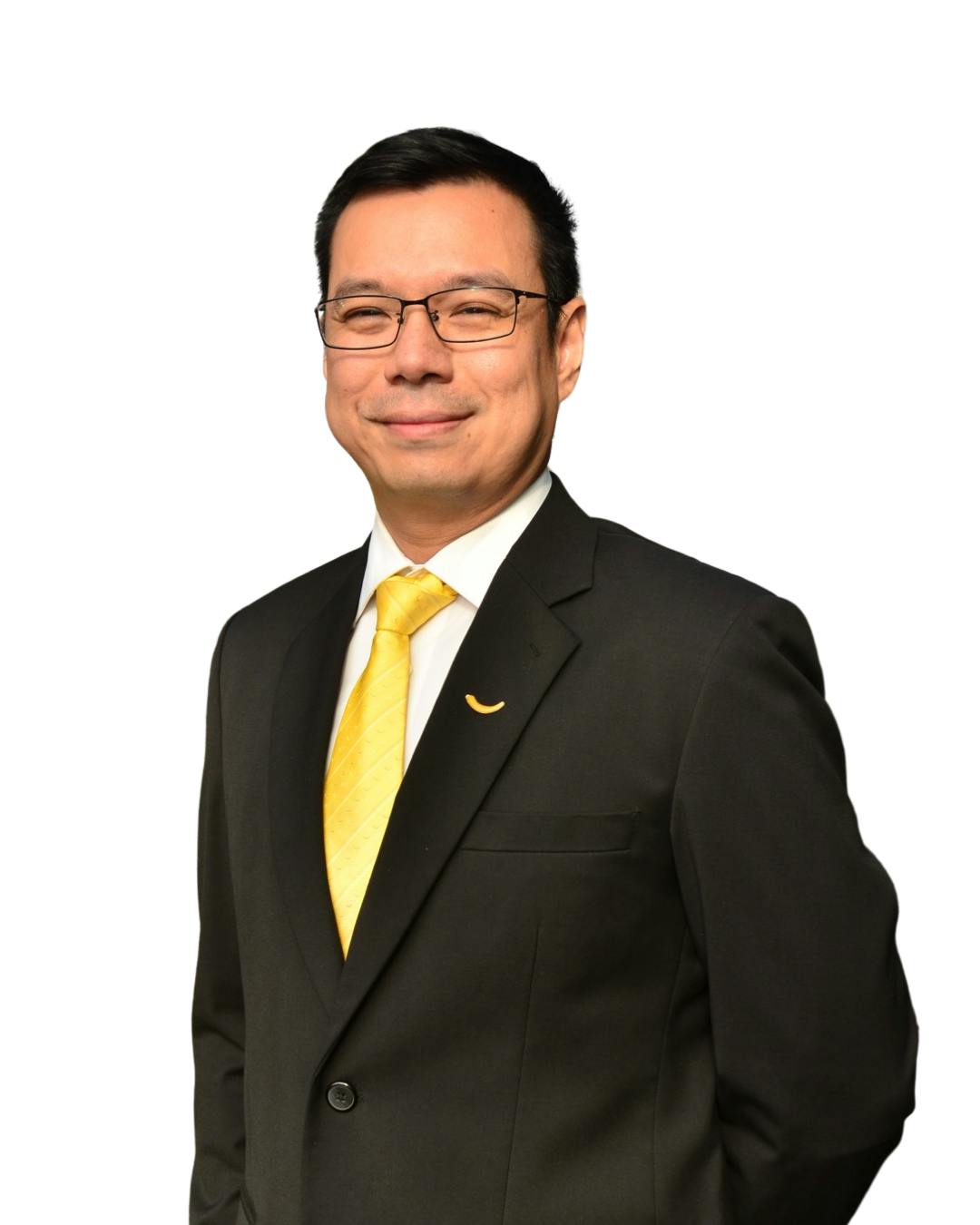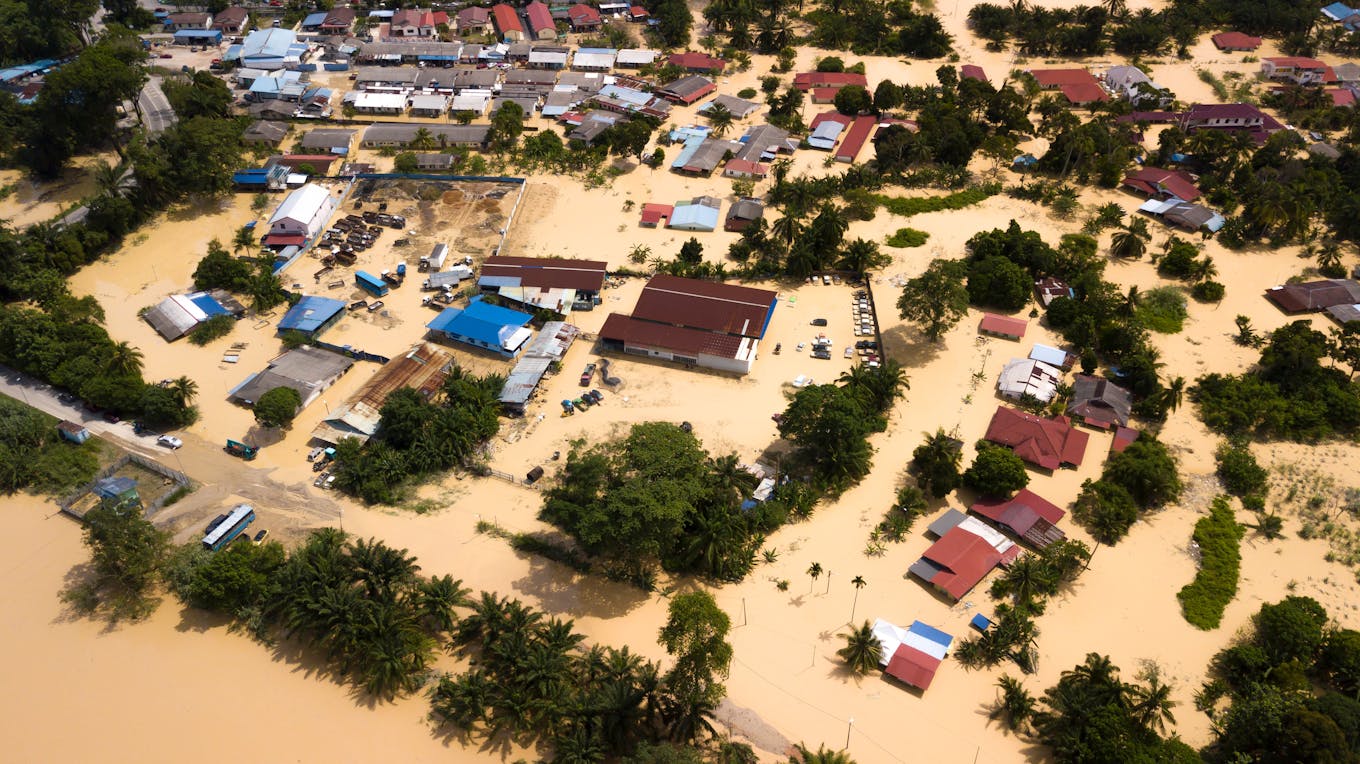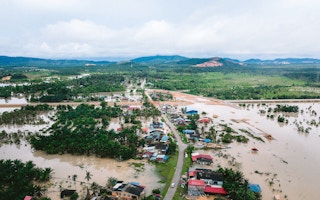Due to its role as a risk manager, insurer and investor, the insurance industry plays an important role in ensuring the successful transition to a low carbon economy and fighting climate change.
Worldwide, insurers have taken into account the rising costs of climate change. Two of the largest property insurers in the United States, Allstate and State Farm, have stopped selling new property insurance in California, citing the risk of natural disasters such as wildfires. Meanwhile in Malaysia, the devastating floods that happened in 2021 brought to light questions of under-insured property and motor vehicles.
Insurers in Malaysia are adjusting their underwriting and investment strategies, working with partners and key stakeholders to transition their insurance and reinsurance underwriting portfolios to meet greenhouse gas emission targets consistent with the Paris Climate Agreement.
Malaysian regulators have also been a key driver in encouraging the integration of environmental, social and governance (ESG) standards into insurers’ operations and reporting. In 2019, Bank Negara Malaysia issued the Climate Change and Principle-based Taxonomy (CCPT) to facilitate financial institutions in assessing and classifying climate related exposures to support risk assessments.
This article looks at how ESG has influenced the strategies of two Malaysian insurers: Etiqa Malaysia and Malaysian Re.
Case Study 1: Etiqa
Etiqa, which is part of the Maybank Group, is an insurance and takaful provider with operations across the Asean region. It offers life and general insurance policies as well as family and general takaful plans.
In March 2023, Etiqa became the first insurer in Malaysia to sign on to the United Nations’ (UN) Principles for Sustainable Insurance (PSI). As such, the insurer has incorporated the UN’s four principles for sustainable insurance, which include embedding ESG issues in decision-making, working with clients and partners to raise ESG awareness, promoting widespread action on ESG issues and regularly making public disclosures of their progress on the principles.
Q&A with chief strategy officer, Chris Eng
In this interview, the chief strategy officer of Etiqa Insurance & Takaful, Chris Eng, shares the ESG risks faced by insurance companies in Malaysia and how ESG has influenced Etiqa’s underwriting and business strategies.

Chris Eng, chief strategy officer, Etiqa Insurance & Takaful. Image: Etiqa
What are the key ESG risks faced by the insurance industry in Malaysia? How do you see these risks evolving in the future?
There are two main ESG-related risks – physical risk and transition risk. Physical risks typically affect a company’s own assets, and include climate change impacts such as extreme weather events, or health concerns due to pollution or mosquito-borne diseases. Insurers would pay attention to these types of risks when underwriting insurance for such assets or companies.
Transition risks, meanwhile, are the risks related to climate adaption and mitigation. For example, if we continue to insure coal-fired power plants or invest in major polluting industries, we as insurers may face a reputational backlash because we are seen as not doing our part to combat climate change. This could lead to a potential boycott of our products and services. We could also face difficulties in hiring and be penalised by regulators.
In the last few years, regulators such as Bank Negara Malaysia and institutional investors like the Employees Provident Fund have decided to reduce or refrain from investing in non-ESG compliant companies. Although Etiqa is not a listed insurer, we are still affected because we participate in the market.
Our investment income is also affected because we invest in assets that are exposed to international investors, who are willing to walk away from companies without climate policies. General awareness in Malaysia about sustainability is lower than in Europe or the US.
As we transition to a low carbon economy, how does Etiqa perceive fossil fuel-based assets in the coal and oil & gas industry? Do you foresee risks of stranded assets?
As a Malaysian majority-owned insurer, we have to be aligned with the government’s policies when it comes to assets in Malaysia. We are committed to no new coal power plant coverage. However, I don’t believe the world can rid itself of the oil and gas industry in the next 30 years, so there is still room for it, especially for energy security and stability.
We are cognisant of the risk of stranded assets and monitor them closely but we are not turning away from them now. We continue to be invested in equities and bonds linked to the oil and gas industry, and to a much lesser degree the coal industry. The good thing is that many of the partners we insure such as Tenaga Nasional and Petronas have made their own sustainability commitments, so we work with them to move forward in our sustainability journey.
Etiqa recently became the first Malaysian insurer to be signatory to the UN Principles for Sustainable Insurance. How has ESG influenced the strategies of Etiqa?
We started our sustainability journey in 2018 by creating awareness among internal staff, before we established sustainability governance frameworks. This included setting up a value-based intermediation and sustainability steering committee that meets every month. We then determined our carbon footprint baseline and targeted investment portfolio before executing our strategies.
Etiqa aims for all our equity investments to meet internal ESG requirements by 2025. We are going to gradually enforce a strategy where we only invest in areas with low and medium ESG risks, so that has a big impact on our strategy because we only want to put our money into assets or companies that are sustainable. We also look out for new sustainability-linked products and services that we can offer.
How is Etiqa adapting its underwriting model to be inclusive of ESG?
We want to establish a baseline of our underwriting portfolio and look at what parts of the portfolio are green – which includes solar panels and hydro dams for example – and what parts of it are brown, such as coal fired power plants. We want to increase the green portion of the portfolio and reduce the brown portion.
From an environmental perspective, we periodically monitor our flood coverage take-up rate and advise to our customers in flood-prone areas to buy coverage. We continue to underwrite them in this case, monitor the situation and adjust our premiums to factor in flood risks.
Case Study 2: Malaysian Reinsurance Berhad
Malaysian Reinsurance Berhad (Malaysian Re), a wholly-owned subsidiary of MNRB Holdings Berhad, is the largest national reinsurer by asset and gross premium in Southeast Asia. It underwrites all classes of general reinsurance and participates in the family and general retakaful businesses, with operations across Asia and in the Middle East.
Malaysian Re has undertaken several sustainable initiatives. For example, the organisation is a member of the Asean Reinsurance Working Committee and was also appointed by PIAM (General Insurance Association of Malaysia) to be the fund administrator for the CSR Flood Relief Fund.
Reinsurers such as Malaysian Re provide insurance to insurance companies. By purchasing risks from reinsurers, insurance companies are able to spread out their risks and allows them to subsequently take on more risk and do more business.
Q&A with president and CEO, Ahmad Noor Azhari Abdul Manaf
We spoke with president and CEO of Malaysian Re, Ahmad Noor Azhari Abdul Manaf, to find out more about the role of ESG in the company’s business strategies.

Ahmad Noor Azhari Abdul Manaf, president and CEO of Malaysian Re. Image: Malaysian Re
What are the key ESG risks faced by the insurance industry in Malaysia? How do you see these risks evolving in the future?
The “E” (environment) in ESG is a key exposure insurers face. In the last decade, we have seen changes in weather patterns and temperature worldwide that caused an increase in natural catastrophic losses. Floods are a major environmental risk that Malaysian insurers face, with the 2021 floods being worse because it hit the Klang Valley in addition to other states. Those floods also affected the industrial areas and caused RM 2.5 billion in insured loss overall, a magnitude we have not seen before.
Another lesson we learned during the flood was that there was inadequate motor insurance against flooding. People need to have a mindset that insurance is for protection and see it as an investment – it is not only about costs.
“
Managing Flood Risks
Both Etiqa and Malaysian RE have teams that track flood risks and measures their exposure to potential flood-related losses. Malaysian RE is working with its clients, which are insurance companies, to get more granular data. Meanwhile, Etiqa’s risk team keeps an eye on frequently flooded locations, and have made efforts to geo-tag the company’s insured assets.
However, as people who stay in flood-prone areas are at risk of sustaining higher flood-related losses, insurers have had to adjust their premiums. “We certainly don’t want to turn people away from having flood insurance, but at the same time some of those premiums may have to be adjusted to factor in the increased risks in years to come,” said Chris Eng. As a result, the government may need to offer programmes similar to motor-insurance, in which an association-run insurer acts as the last resort for people unable to secure commercial insurance.
Ahmad Noor Azhari Abdul Manaf said that Malaysian RE had reduced their national catastrophe events coverage in the wake of the 2021 floods and that pricing of insurance products may have to be increased. “We also have to educate the insurance industry in Malaysia that they need to charge the correct pricing to their clients,” he said.

Buildings partially submerged during the floods of December 2021 in Malaysia. Image: ©Muhammad Faiz Zaki (123RF.com)
How has ESG influenced the strategies of Malaysian RE?
ESG has a significant influence on Malaysian Re. We need to retrain our underwriters to be mindful of the risks that maybe toxic to us. For example, we have committed to reducing our insurance exposure to coal and other fossil fuels at a gradual pace over the next three to four years.
As an insurance provider, we also have to guide others towards clean energy instead of abruptly cancelling [fossil fuel insurance]. There is a transition period for doing this. We need to think about which segments of society still require fossil fuel energy and gradually bring them onboard green energy.
Environmental issues have also affected the diversification of our business. In the reinsurance line of business, we need to spread our risks across both international and domestic businesses. But we also have to understand what risks we are exposed to when entering a new market. For example, there are risks of bush fires in Australia, so we must train our underwriters to monitor those risks.
As we transition to a low-carbon economy, how does Malaysian RE perceive fossil fuel-based assets in the coal and oil & gas industry? Do you foresee risks of stranded assets?
The risk of stranded assets may not be immediate, but they could impact us in the future. However, I believe that players in the oil and gas industry are changing, too. Petronas, for example, is investing in green technology.
There are still high costs associated with transitioning to renewable energy and issues with storing excess renewable energy. But we expect to see more investments in clean energy worldwide.
The insurance industry plays an important role in this energy transition by giving assurance to areas or projects that banks feel uncomfortable assuring, such as insuring loans [for green energy projects].
How is Malaysian RE adapting its underwriting model to be inclusive of ESG?
We have a Sustainability Working Group (SWG) which discusses how to incorporate ESG into our underwriting guidelines, an area that we are focusing on heavily. We also have a team that looks at providing solutions for underserved and low-income communities, especially in areas such as food security and flood protection.
This article was first published on Bursa Sustain, Bursa Malaysia’s one-stop knowledge hub that promotes and supports development in sustainability, corporate governance and responsible investment among public-listed companies.










